Passivations are processes with which metal surfaces are made more corrosion resistant through non-metallic protective platings.
Passivation: process and advantages
The parts (e.g. Zn or Zn-Ni – coated steel components) are plated with a protective layer containing Cr (III) during a current-free process. This protective layer is an inorganic passivation layer with a thickness in the nanometers. The precipitation takes place from a Cr (VI)-free solution. The various passivation methods - namely transparent passivation, thick-film passivation, and blue passivation – vary in terms of corrosion protection, optics and colouring. Passivations are most often used on coated steel.Passivation is frequently improved by adding an appropriate seal (top coat). These top coats ensures not only higher corrosion protection but also a more even look of the surface.
Different types of passivations for Zn-Ni coated steel components:
- Transparent passivation: Zn-Ni transcor
- Blue passivation (layer thickness approx. 20-50 nm)
- Thick-film passivation (layer thickness approx. 200-500 nm; better corrosion protection through increased layer thickness)
For aluminium we also offer processes tailored to the processing of light metals. Contact us.



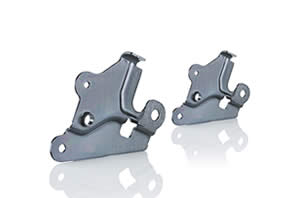
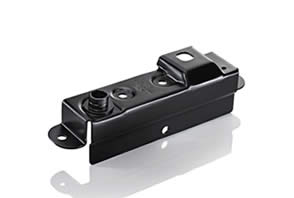

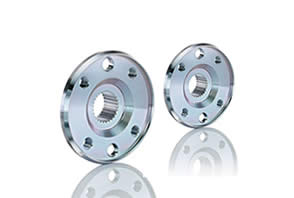
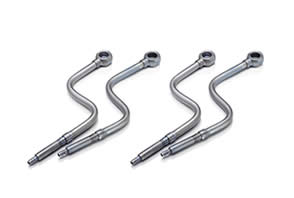
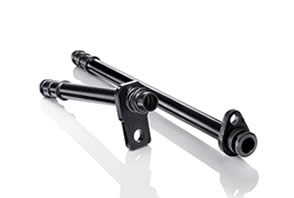
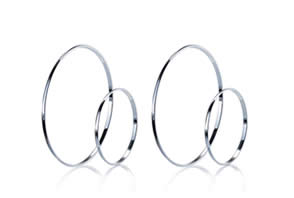
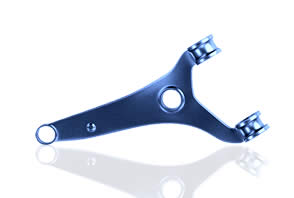
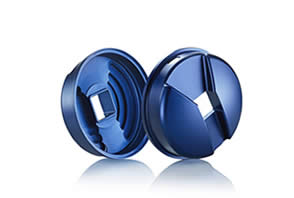
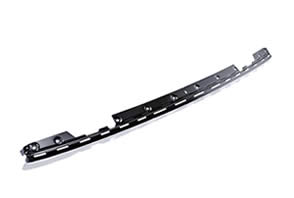
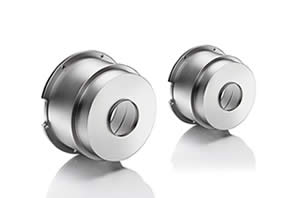
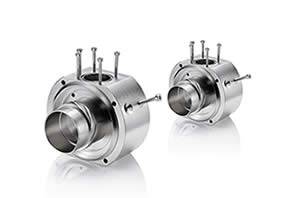
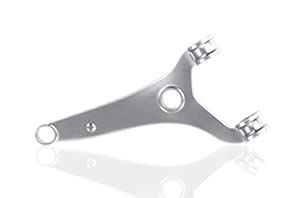

 Holzapfel Group
Holzapfel Group YouTube
YouTube